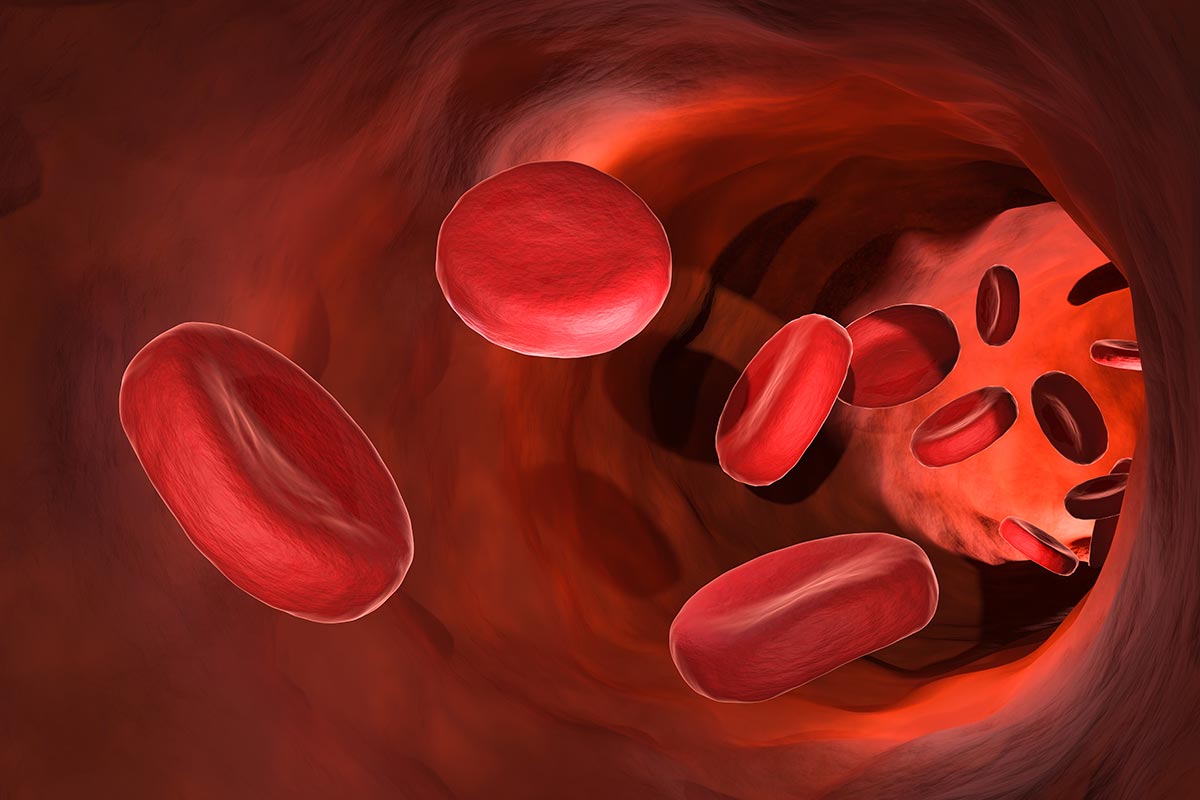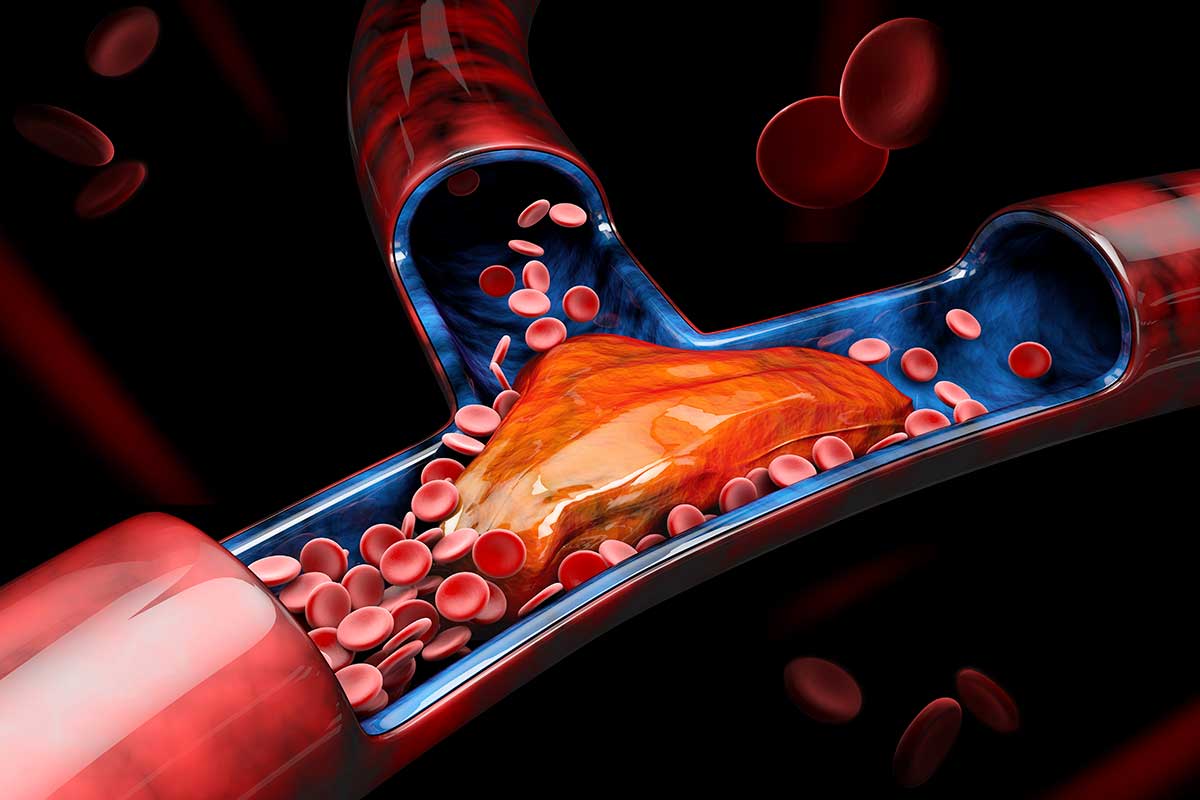Peripheral Artery Disease (PAD) Specialist in Michigan
Welcome to CardioQ, a healthcare facility in Michigan dedicated to providing advanced cardiovascular care. Our team of specialists includes highly trained physicians who specialize in diagnosing and treating Peripheral Artery Disease (PAD), a common circulatory problem that affects millions of Americans.
Our PAD specialists are experts in evaluating and treating patients with peripheral artery disease, which occurs when plaque builds up in the arteries that supply blood to the legs and feet, leading to reduced blood flow and potentially serious complications. At CardioQ, we offer comprehensive diagnostic testing and advanced treatment options, including minimally invasive procedures and surgery, to help our patients manage their symptoms and improve their quality of life.
Our team of dedicated professionals is committed to providing personalized, compassionate care to each of our patients. We understand that every individual’s situation is unique, and we work closely with our patients to develop a treatment plan tailored to their specific needs and goals.
If you or a loved one is experiencing symptoms of PAD, such as leg pain, cramping, or numbness, we encourage you to contact us to schedule an appointment with one of our experienced specialists. At CardioQ, we are dedicated to helping our patients achieve better health and a better quality of life.


Peripheral Artery Disease (PAD) or Peripheral Vascular Disease
Peripheral Artery Disease (PAD) – also known as peripheral vascular disease, atherosclerosis or hardening of the arteries – is a disorder that occurs in the arteries of the circulatory system treated by Peripheral Artery Disease Treatment Specialists.
Arteries are the blood vessels that carry oxygen and nutrient-rich blood from the heart to all areas of the body. PAD occurs in the arteries that carry blood to the arms and legs.
Healthy arteries have a smooth lining that prevents blood from clotting and promotes steady blood flow. In PAD, the arteries slowly become narrowed or blocked when plaque gradually forms inside the artery walls. Plaque is made of excessive fat, cholesterol and other substances floating through the bloodstream, such as inflammatory cells, proteins and calcium. If the arteries become narrowed or blocked, blood cannot get through to nourish organs and other tissues, causing damage to the tissues and eventually tissue death.
The rate at which PAD progresses varies with each individual and depends on many factors, including where in the body the plaque has formed and the person’s overall health.

Risk Factors
An individual is at risk for developing PAD when one or more of these risk factors are present:
- Smoking
- Diabetes
- Age: In the United States, people aged 50 and older have an increased risk for PAD
- Race: African Americans have a two-fold higher risk of developing PAD compared to other groups
- History of heart or blood vessel disease: A personal or family history of heart or blood vessel disease may be an indicator for PAD
- High blood pressure (hypertension)
- High cholesterol (hyperlipidemia)
Associated Conditions
If left untreated, patients with PAD can develop serious health problems, including:
- Heart attack: permanent damage to the heart muscle caused by a lack of blood supply to the heart for an extended time
- Stroke: interruption of the blood flow to the brain
- Transient ischemic attack (TIA): a temporary interruption in the blood supply to the brain)
- Renal artery disease or stenosis: a narrowing or blockage of the artery that supplies blood to the kidney
- Amputation: the removal of part or all of the foot or leg (rarely the arm), especially in people who also have diabetes
Common questions
PAD is a form of cardiovascular disease (CVD) because it affects the blood vessels.
It’s usually caused by a build-up of fatty deposits in the walls of the leg arteries. The fatty deposits (atheroma) are made up of cholesterol and other waste substances.
The build-up of fatty deposits on the walls of the arteries makes the arteries narrower and restricts blood flow to the legs. This process is called atherosclerosis treated by Peripheral Artery Disease Treatment Specialist.
There are certain things that can increase your chances of developing PAD and other forms of CVD, including:
- smoking – the most significant risk factor
- type 1 diabetes and type 2 diabetes
- high blood pressure
- high cholesterol
- growing older
PAD can build up over a lifetime, and the symptoms may not become obvious until later in life. For many people, the outward symptoms will not appear until the artery has narrowed by 60 percent or more.
The first noticeable symptom of PAD may be intermittent claudication — leg discomfort, pain or cramping that develops with activity, is relieved with rest, and recurs upon resuming activity. The pain is often noticed in the calf, but may also be felt in the buttocks or thighs. Intermittent claudication symptoms may also include numbness, weakness, heaviness or fatigue in the leg muscles when walking that are relieved at rest. The pain can be severe enough to interfere with normal walking. This type of cyclical pain is caused by reduced blood flow to the leg muscles and goes away at rest because the muscles require less blood flow at rest. Other symptoms of advanced PAD may include:
- A burning or aching pain in the feet and toes while resting, especially at night while lying flat
- Cool skin in the feet
- Redness or other color changes of the skin
- Increased occurrence of infection
- Toe and foot sores that do not heal
Many people with PAD do not have any symptoms. Cardiovascular Diagnostic can be done by Peripheral Artery Disease Treatment Specialist to identify and treat.
| Test | Method | Looks at |
| Doppler ultrasound | sound waves for imaging | blood flow in your vessels |
| ankle-brachial index (ABI) | ultrasound and blood pressure cuff around your ankle and arm, measured before and during exercise | comparison of blood pressure readings in your leg and arm, as lower pressure in your leg could indicate a blockage |
| angiography | injected dye in a catheter that’s guided through the artery | the flow of dye through blood vessels to diagnose the clogged artery |
| magnetic resonance angiography (MRA) | magnetic field imaging | image of blood vessels to diagnose blockage |
| computerized tomography angiography (CTA) | X-ray imaging | image of blood vessels to diagnose blockage |
PAD is largely treated through lifestyle changes and medication.
Exercising regularly and not smoking are the main lifestyle changes that can ease the symptoms of PAD and reduce the chances of it getting worse. It’s also important to:
- Eat a healthy diet.
- Lose weight, if you’re overweight or obese.
- Moderate your consumption of alcohol.
